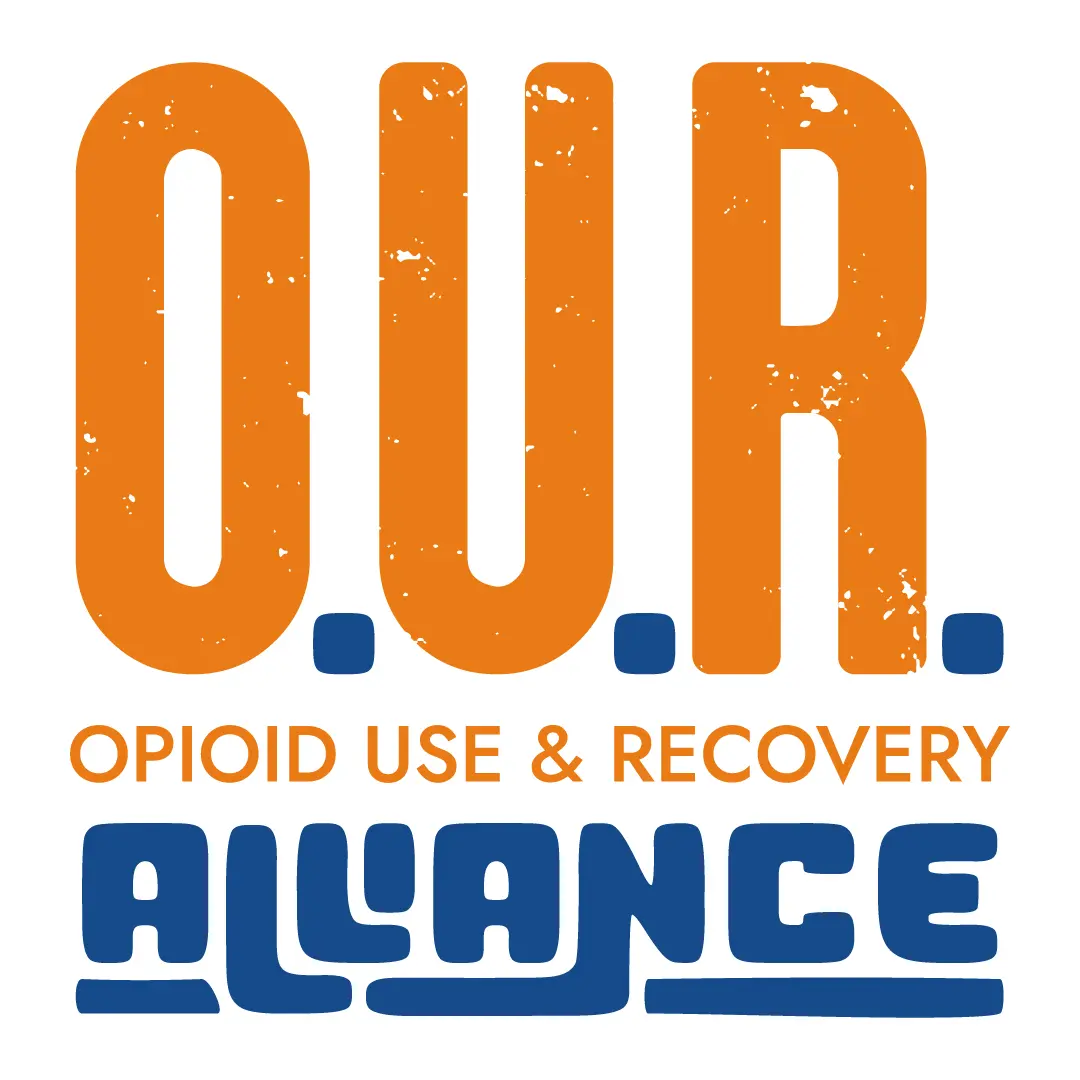Framing the Social Determinants of Health for Policymakers: A Guide for Program Administrators and Health Professionals

When we talk about opioid use disorder (OUD), the conversation often jumps straight to treatment options or prevention programs. Those are important, but they don’t tell the whole story. The truth is, a person’s chances of avoiding, surviving, and recovering from OUD have as much to do with their surroundings and life circumstances as they do with clinical care.
These surroundings, known as the social determinants of health, or SDOH, are the conditions that shape daily life. They influence whether someone can find a doctor, keep a job, or have a safe place to sleep at night. Program staff often witness the real-life impact of these conditions every day, but decision-makers may not. That gap in understanding can influence how and where money is allocated.
The good news is that with the right communication approach, you can bridge that gap. The key is to connect SDOH to outcomes that policymakers care about, such as public safety, economic productivity, and budget efficiency, and do it in a way that makes the human impact hard to ignore.
Many of these conditions are stigmatized in themselves, which can compound substance use disorder (SUD) and make communication even more critical.
Below are the five key SDOH that influence OUD, what they look like in practice, and how to talk about them effectively with decision makers.
Five Social Determinants of Health
1. Economic Stability
Having a job and a steady paycheck does more than cover rent or groceries. It can shield people from the kind of stress and uncertainty that often derails recovery. Think about a mother who loses her job and can’t afford the bus to her treatment program. She misses sessions, loses her place, and ends up back at square one.
How to talk about it: Emphasize the economic benefits. You might say, “Investing in transportation and job training for people in recovery doesn’t just help them get back on their feet; it builds a stronger workforce and lowers long-term costs for the community.”
2. Education Access and Quality
Education shapes someone’s ability to navigate health systems, qualify for better jobs, and make informed decisions about their health. A young man without a diploma may give up on applying for Medicaid simply because the paperwork feels impossible.
How to talk about it: Position education as prevention. “Early, evidence-based programs in schools can cut future healthcare and justice costs dramatically, while giving young people better opportunities.”
3. Healthcare Access and Quality
Even if someone is ready to get help, it doesn’t mean that help is available or welcoming. In some rural areas, people wait months for medication-assisted treatment. Others avoid care due to negative experiences with stigma.
How to talk about it: Link access to safety and cost savings. “Expanding telehealth for OUD treatment keeps more people out of emergency rooms, reduces the strain on first responders, and can lower future healthcare and criminal justice costs by $25,000-100,000+ in lifetime costs per person.”
4. Neighborhood and Built Environment
Where someone lives can either help them heal or push them toward relapse. Leaving a treatment program and returning to a high-risk neighborhood with no recovery support, or to no housing at all, is like asking someone to swim upstream.
How to talk about it: Tie housing to public safety. “Recovery housing reduces repeat offenses, keeps people in treatment, and lowers the burden on local courts and law enforcement.”
5. Social and Community Context
Stigma and isolation can be just as damaging as the lack of services. A father who hides his addiction for fear of judgment might try to detox alone, risking his life. On the flip side, peer support groups can be a lifeline.
How to talk about it: Frame it as high impact for low cost. “Peer recovery specialists in community spaces reduce costly hospitalizations, ease pressure on emergency and ambulatory care, and extends the reach of treatment for a relatively low investment.”
Tips for Making the Case
- Policymakers often have limited time and competing priorities. Open with the most important point and action you want them to take. Learn the basics of plain language, focusing on clarity and conciseness with the BLUF approach.
- Use short, clear stories to bring the data to life.
- Connect solutions to decision makers’ existing priorities. For practical strategies on framing these conversations, refer to SAMHSA’s “Collaborating with Policymakers to Inform Prevention Planning” guide.
- Show return on investment with credible state, local, or federal data.
- Always leave them with a clear, actionable next step.
Presenting social determinants of health in terms of both human stories and measurable outcomes can make it easier for decision makers to see why addressing the whole person is essential for lasting impact and stronger communities.
ABOUT THE AUTHOR

Brittany Reid
Stay Ahead in the Fight Against Opiods.
Get expert insights, trend analysis, and proven solutions from top voices in opioid prevention, treatment, and recovery.
